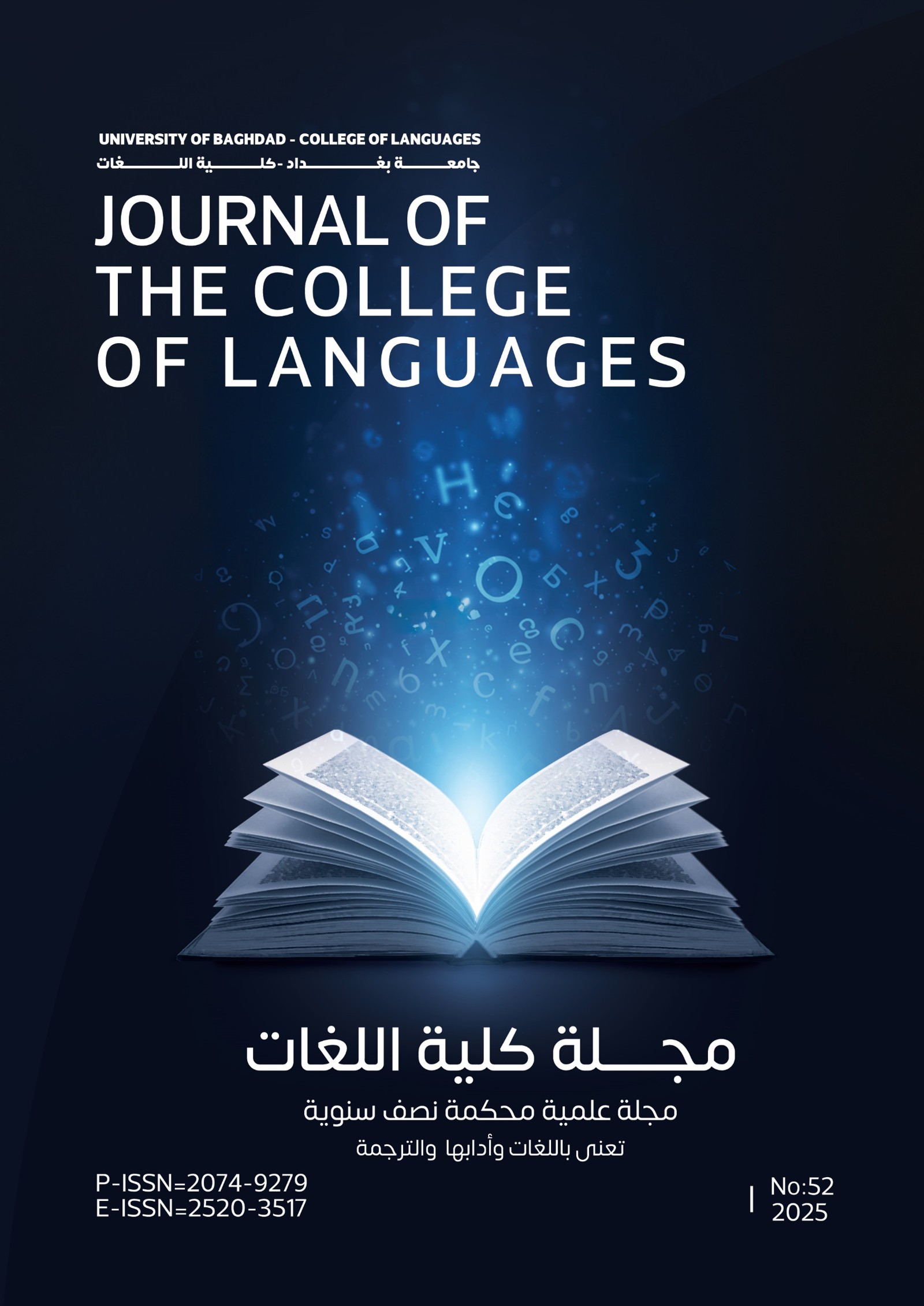Multiple Voice narrative
Abstract
With the shift of narration and the revolution against the traditional methods which were dominated by the authorial intrusion and the single narrative voice, there appeared new forms that go along with the change in methods of narration. Form becomes the representation which equips us to understand more fully aspects of existence outside of art. Form is the objectifying of idea, and its excellence depends upon its appropriateness to the idea.1 One of the most important approaches to writing fiction is the power of point of view.
In the strategy of 'point of view' lies the secret of art and, as Norman Friedman indicates, it provides a method for distinguishing the possible degrees of authorial extinction in the narrative art. Thus there appeared new forms in writing fiction depending on this power such as the multiple voice narrative through multiple points of view. In the multiple voice narrative, the reader finds himself in front of a large number of "points of view." The reader listens to no one. All types of traditional methods of narration are eliminated. Each character can transmit what is going on in his mind about the scene to the reader. Each character has its own voice and acts as a narrator-agent of the story. It differs from traditional methods in that the thoughts, perceptions and feelings are rendered consecutively and in detail as they are passing through the minds of the characters. The focus here is shifted from one character to another. Another important achievement is that each character has his or her own point of view about the single action.







